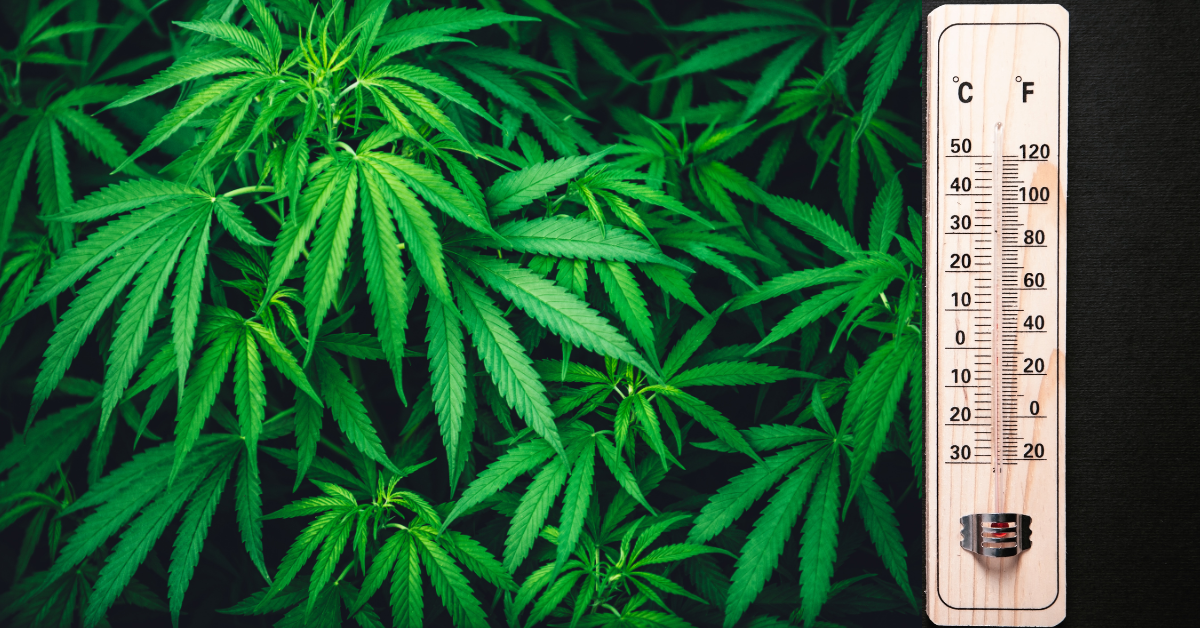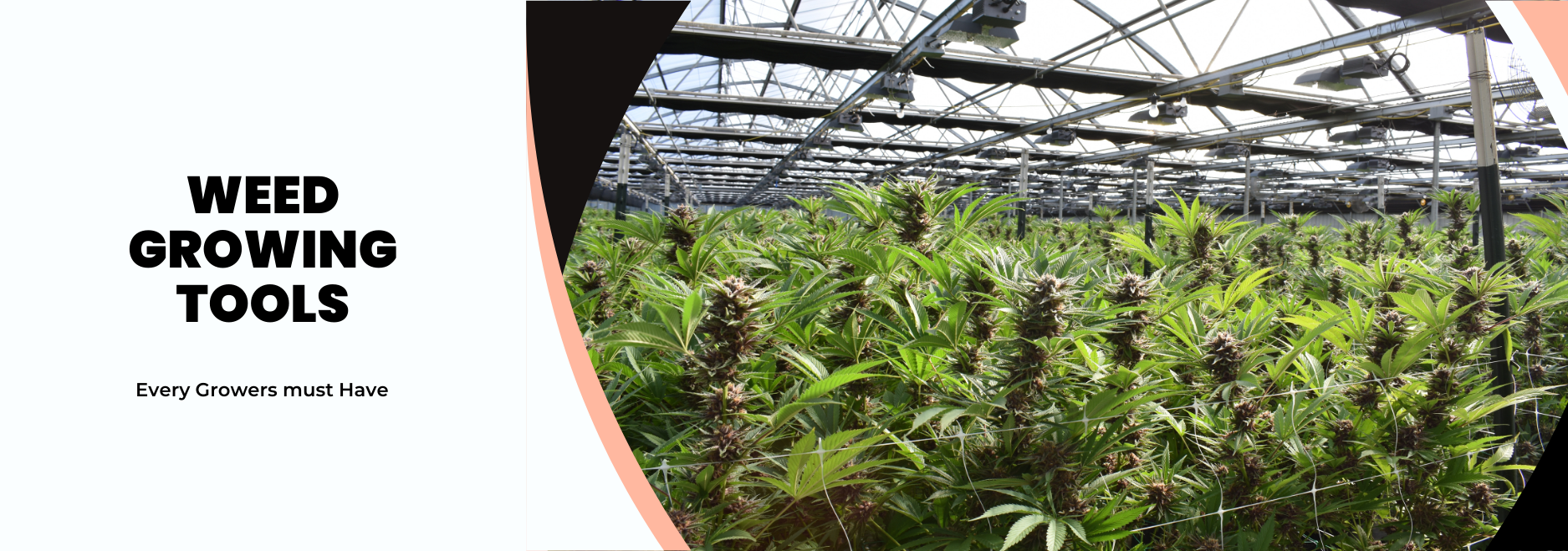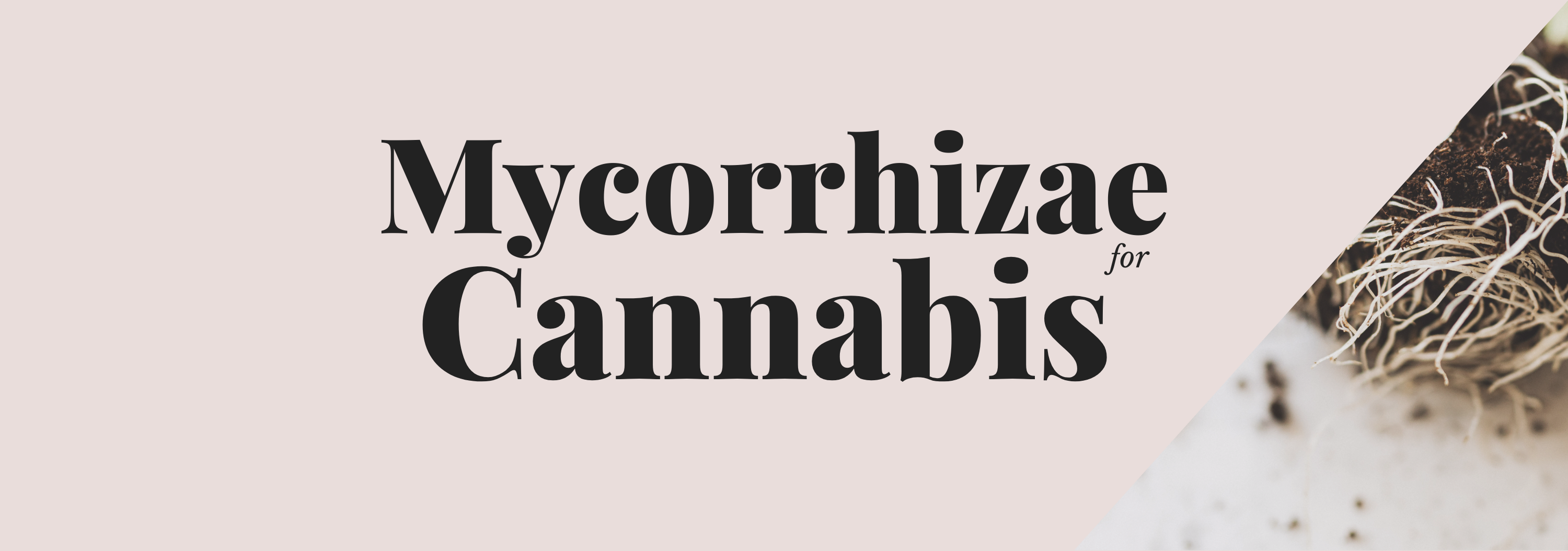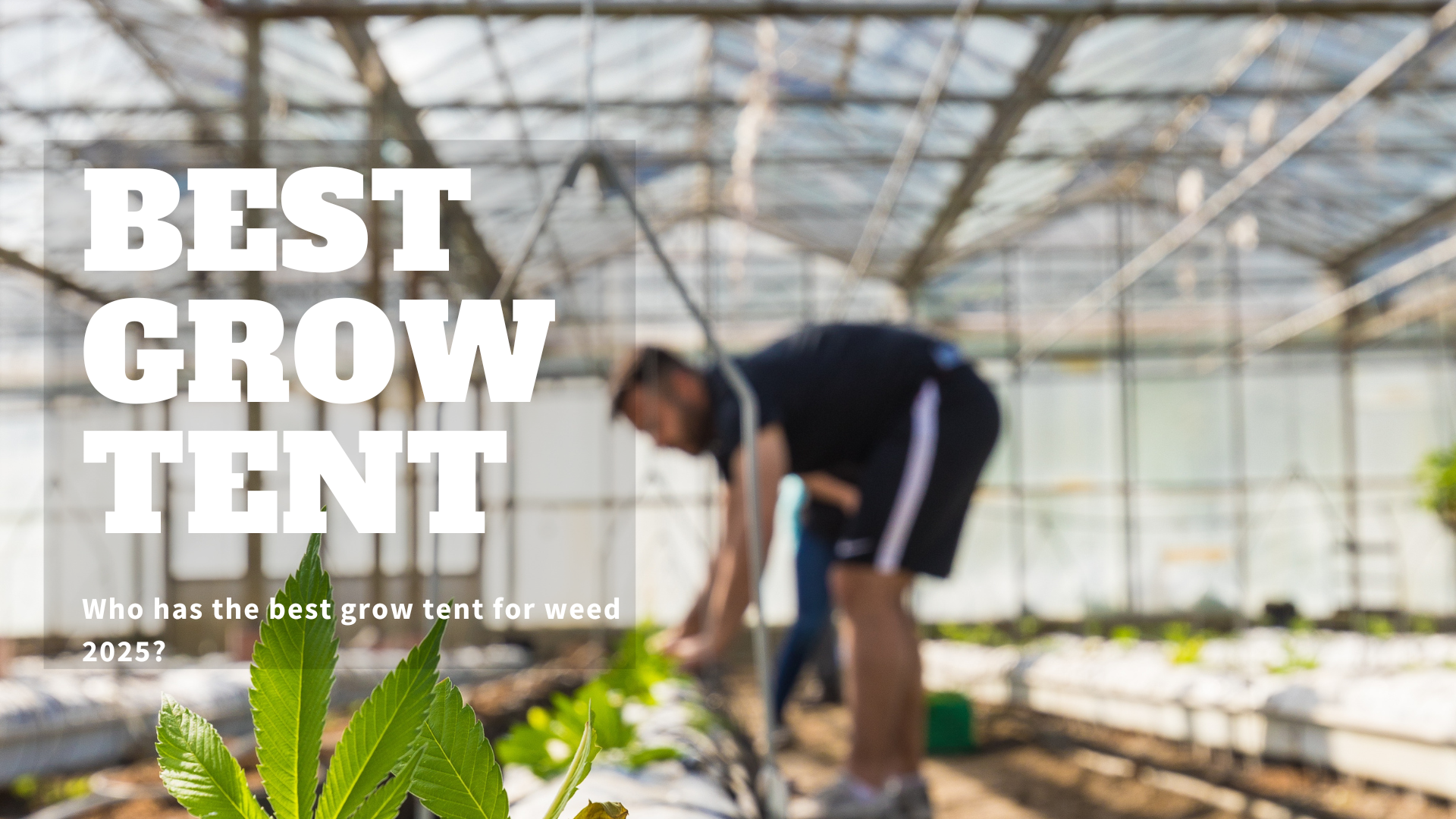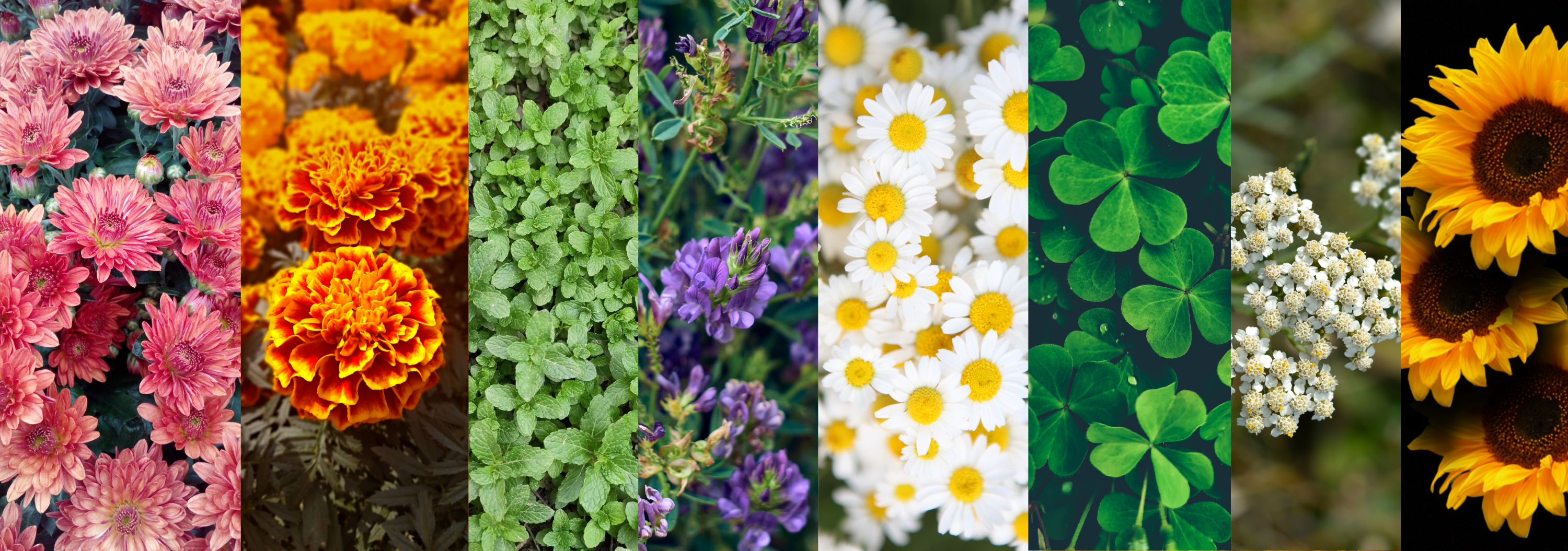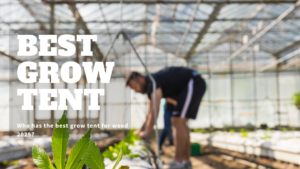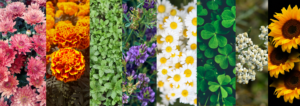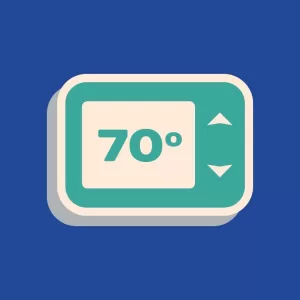Having the best cannabis temperature for your grow room is part art, part science, and part common sense.
Temperature and humidity are vital in nurturing healthy plants, maximizing yield, and preserving the terpene profile.
In this guide, we’ll break down ideal cannabis temperature and humidity levels for each stage of cannabis growth, share pro tips on how to regulate your environment and dive into advanced concepts like vapor pressure deficit (VPD).
Table of Contents
Why Cannabis Temperature Matters
Temperature directly impacts plant metabolism, photosynthesis rates, and overall growth. If it’s too cold, plants may wither or slow their development. If it’s too hot, you risk losing yield and potency due to stress and excessive transpiration. Striking the ideal cannabis temperature ensures your plants can:
- Photosynthesize efficiently
- Maintain a strong immune system
- Maximize terpene and cannabinoid profiles
- Produce robust yields of dense, aromatic buds
Remember: Hot, stagnant air encourages pests and diseases, while overly cool, damp conditions can promote mold and mildew.
Cannabis Temperature & Humidity by Growth Stage
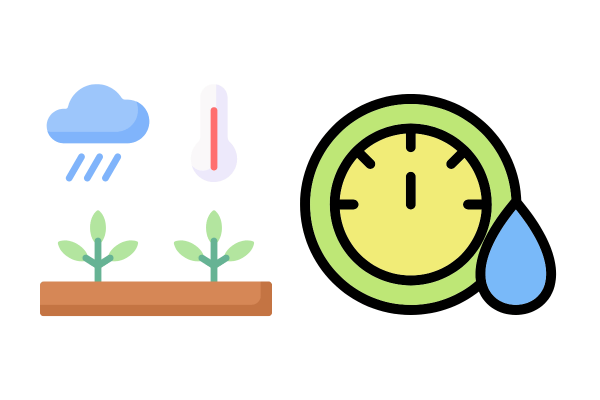
Seedling/Clone Stage
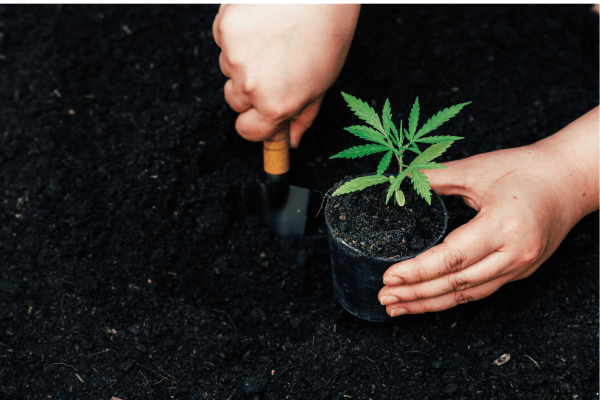
- Temperature: 75–80°F (24–27°C)
- Humidity: 65–70%
At this early stage, seedlings and clones rely heavily on moisture in the air because their root systems are still underdeveloped.
Keeping humidity high helps them absorb water through their leaves.
A hygrometer and thermometer (or a combined digital monitor) are essential for tracking these conditions.
Vegetative Stage
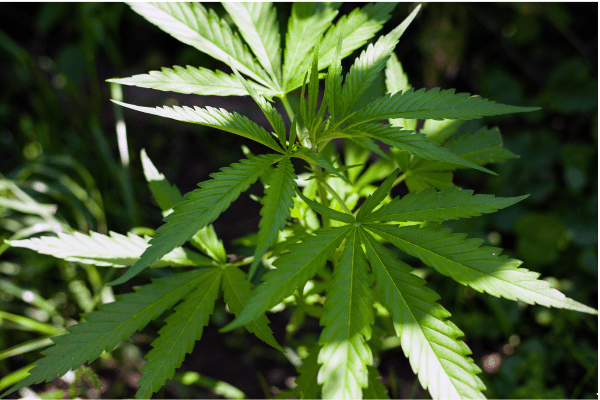
- Temperature: 75–80°F (24–27°C)
- Humidity: 50–55%
As plants enter the vegetative phase, their root systems are more established.
You can lower humidity by about 5% each week (starting from the seedling stage) until you reach ~50–55%.
Cannabis plants can handle slightly higher temperatures during veg because they can cool themselves through evaporation.
However, watch for “wet spots” on leaves, a sign humidity might be too high.
Day vs. Night Differences:
- Day (Lights On): 75–80°F
- Night (Lights Off): Aim for a 5–10°F drop. Excessive temperature swings (more than 15°F) can stress plants.
Flowering Stage
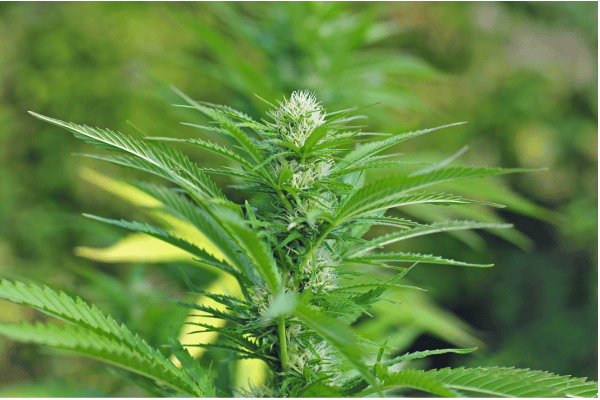
- Temperature: 65–80°F (18–26°C)
- Humidity: 40–50% (never exceed 60%)
During flowering, lower temperatures and humidity help prevent mold and mildew.
Buds become denser, and high humidity can trap moisture, leading to rot.
Keeping flowering temperatures in the mid-to upper-70s allows optimal terpene and THC development.
Late Flowering Stage
- Temperature: 70–80°F (21–27°C)
- Humidity: 30–40%
In the last 1–2 weeks, lowering humidity further safeguards against mold in dense buds and can enhance terpene retention.
Some growers slightly lower day temperatures to around 64–75°F to highlight certain strains’ color and intensify the aroma.
Quick Reference Chart for Cannabis Temperature
| Growth Stage | Temperature (Day) | Temperature (Night) | Humidity |
| Seedling/Clone | 75–80°F (24–27°C) | ~70°F (21°C) | 65–70% |
| Vegetative | 75–80°F (24–27°C) | 65–75°F (18–24°C) | 50–55% |
| Flowering | 65–80°F (18–26°C) | 60–70°F (16–21°C) | 40–50% |
| Late Flowering | 70–80°F (21–27°C) | 64–75°F (18–24°C) | 30–40% |
Use this chart as a quick reference for maintaining ideal environmental conditions. Adjust based on your specific strain and local climate.
How to Control Cannabis Temperature & Humidity
Balancing temperature and humidity can be challenging, especially in indoor grow rooms where conditions fluctuate rapidly.
Here are some practical tips to help.
Lowering Temperatures & Humidity
- Increase Airflow
- Use oscillating fans to move air across the canopy.
- Introduce fresh, cool air from outside if possible.
- Dehumidifiers
- A dehumidifier helps pull moisture from the air, lowering RH.
- Empty the reservoir frequently or set up a continuous drain.
- Proper Watering Practices
- Water your plants when lights are on so water is absorbed quickly.
- Avoid leaving stagnant water in trays or on floors.
- Air Conditioning
- Portable AC units can maintain cooler temps.
- Ensure good insulation to avoid heat creeping in from outside.
Raising Cannabis Temperature & Humidity
- Use a Heater
- Oil, ceramic, or even small space heaters can boost temperatures.
- Keep them at a safe distance from plants.
- Insulation & Heat Lamps
- Insulate your grow space to retain warmth.
- Consider a heat lamp, but monitor it closely to avoid hot spots.
- Humidifiers
- For higher humidity, use a quality humidifier with a large tank.
- Place it near airflow for even humidity distribution.
- Open Water Containers or Wet Towels
- Buckets of water or damp towels around the room slowly increase humidity.
Advanced Topic: VPD (Vapor Pressure Deficit)
Vapor Pressure Deficit (VPD) links temperature and relative humidity into a single measure. It helps growers fine-tune conditions for optimal transpiration.
A high VPD indicates your air can still hold more water, encouraging the plant to transpire more.
A low VPD can mean overly humid conditions, leading to slower transpiration and potential mold issues.
- Benefits of Understanding VPD:
- More precise control over plant growth.
- Better yields and stronger resilience against pests.
- There are fewer nutrient issues because plants uptake water more predictably.
You can find VPD charts online or use a VPD calculator. Many experienced growers use VPD as a fine-tuning mechanism once essential temperature and humidity targets are in place.
Frequently Asked Questions
1. What is the ideal cannabis temperature difference between day and night?
A 5–10°F difference is generally recommended to mimic natural conditions.
Too large a swing (>15°F) can stress the plants and slow growth.
2. Does cannabis temperature affect THC content?
Yes. Extremely high temperatures can degrade THC and terpenes, while overly cold temps can slow metabolic processes.
During flowering, a moderate range (65–80°F) is best for potency and flavor.
3. How can I prevent mold when the humidity is high?
Use dehumidifiers, ensure excellent airflow with fans, and keep humidity below 50% in the flowering stage. Inspect buds regularly for signs of mold.
4. Can lower cannabis temperature increase terpene production?
Many growers believe slightly cooler temperatures (especially at night) can help preserve terpenes and bring out colors in certain strains.
A moderate drop—about 10°F from day to night—often suffices.
5. Should I use different lights to manage heat?
Yes. LED grow lights emit less heat than HPS or MH bulbs. Switching to LED can help maintain a stable temperature if heat buildup is an issue.
Final Tips & Wrap-Up
- Monitor Consistently: Use a digital thermometer/hygrometer to track day/night readings. Log them to identify trends and address issues before they escalate.
- Ventilation is Key: Good airflow prevents hot spots, cold spots, and stale air buildup.
- Tailor to Your Strain: Different strains have unique climate preferences. Indica-heavy strains may prefer slightly cooler conditions than sativas.
- Disclaimer: Always ensure you comply with local laws and regulations related to cannabis cultivation.
Your Next Step
- Subscribe to Our Newsletter for advanced tips, strain recommendations, and product reviews.
- Check out our Lighting Guide to pair the right grow lights with your optimal cannabis temperature plan.
- Explore recommended products like hygrometers, thermometers, dehumidifiers, and heaters to keep your grow room on point.
Maintaining ideal temperatures and humidity through each stage of growth leads to healthier, more potent cannabis plants.
By implementing the guidelines and monitoring daily, you’ll be well on your way to achieving big yields and flavorful buds every harvest.

